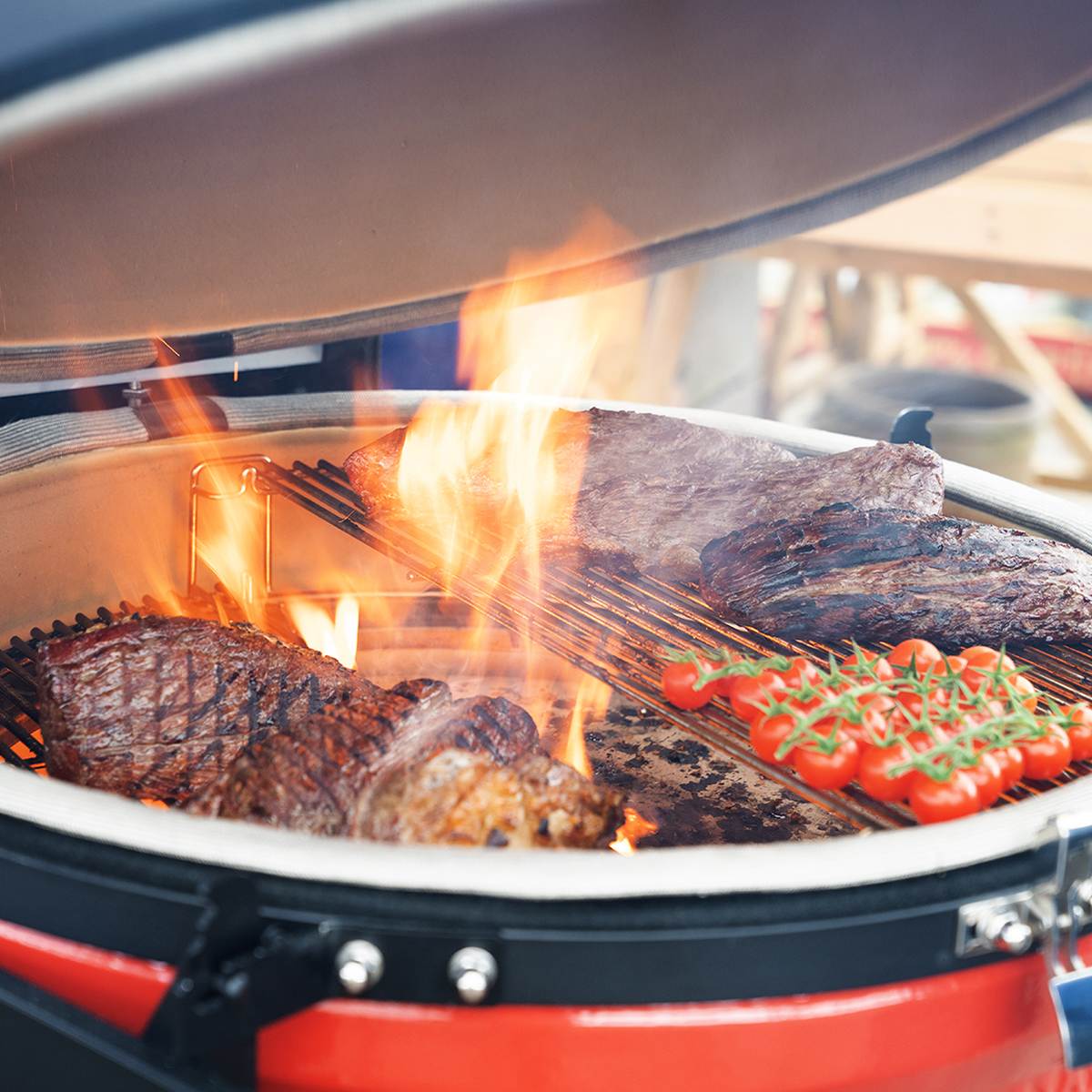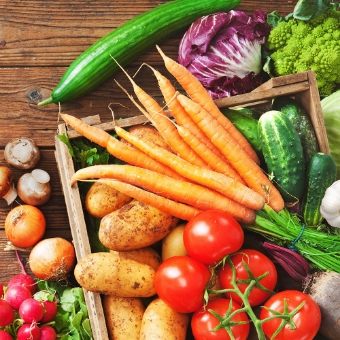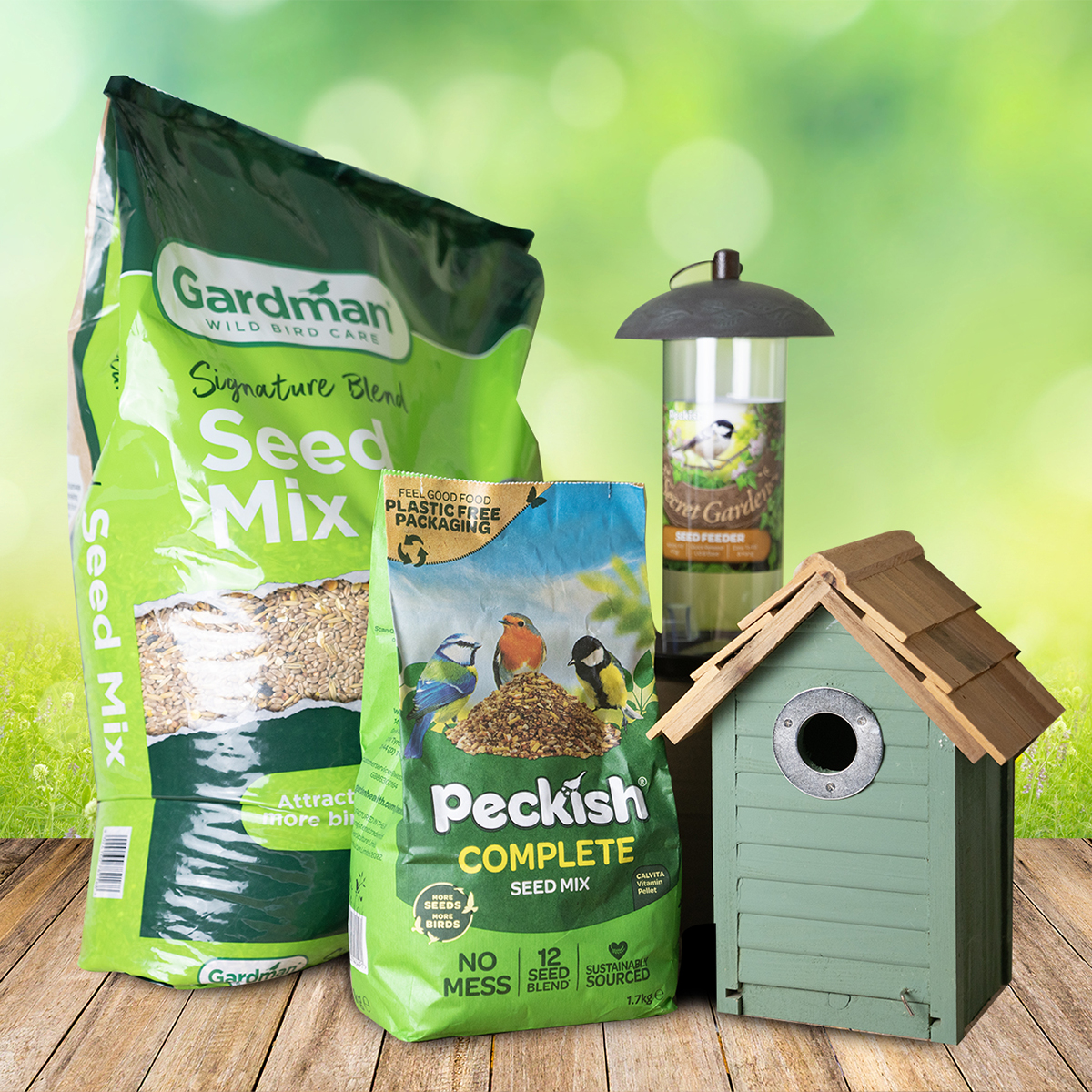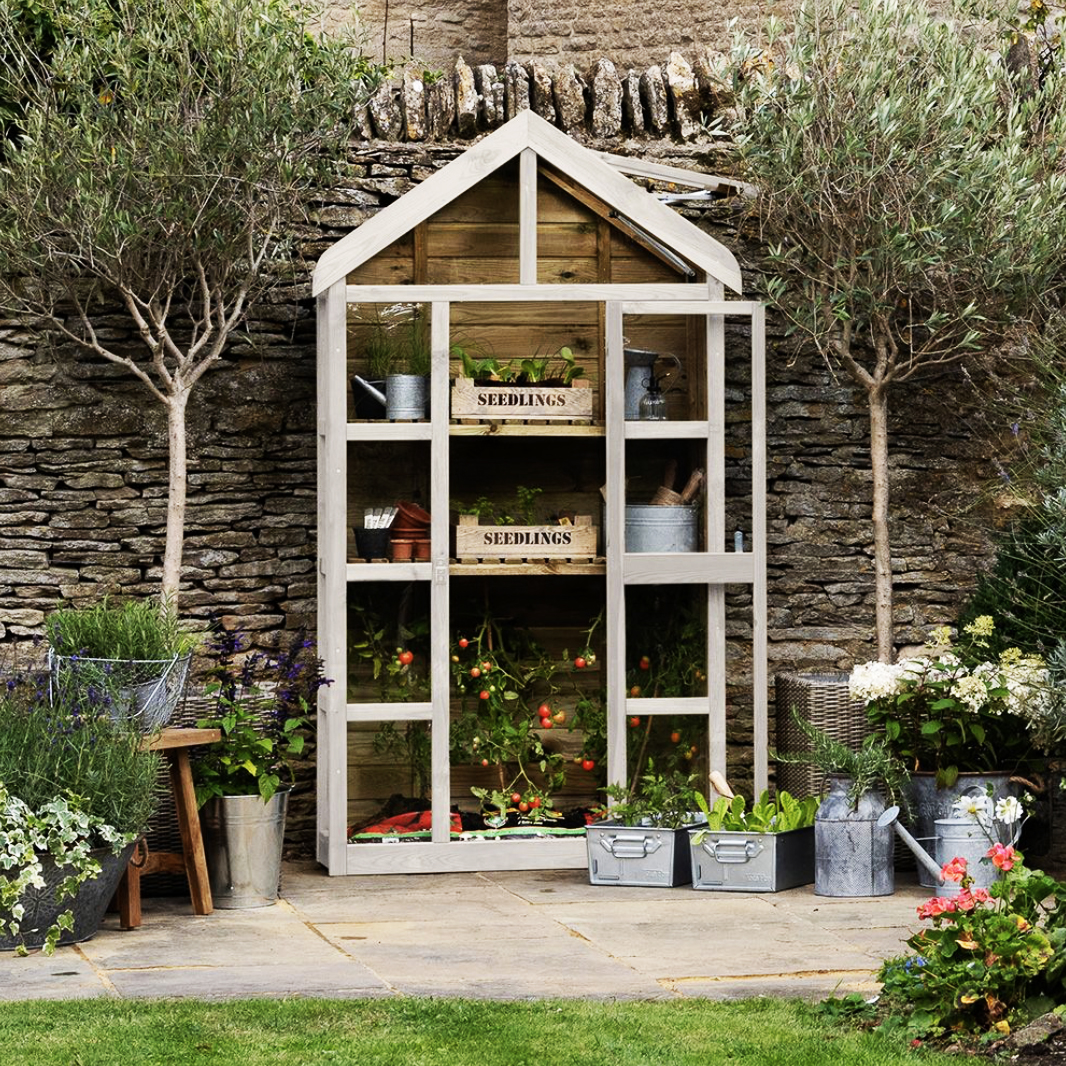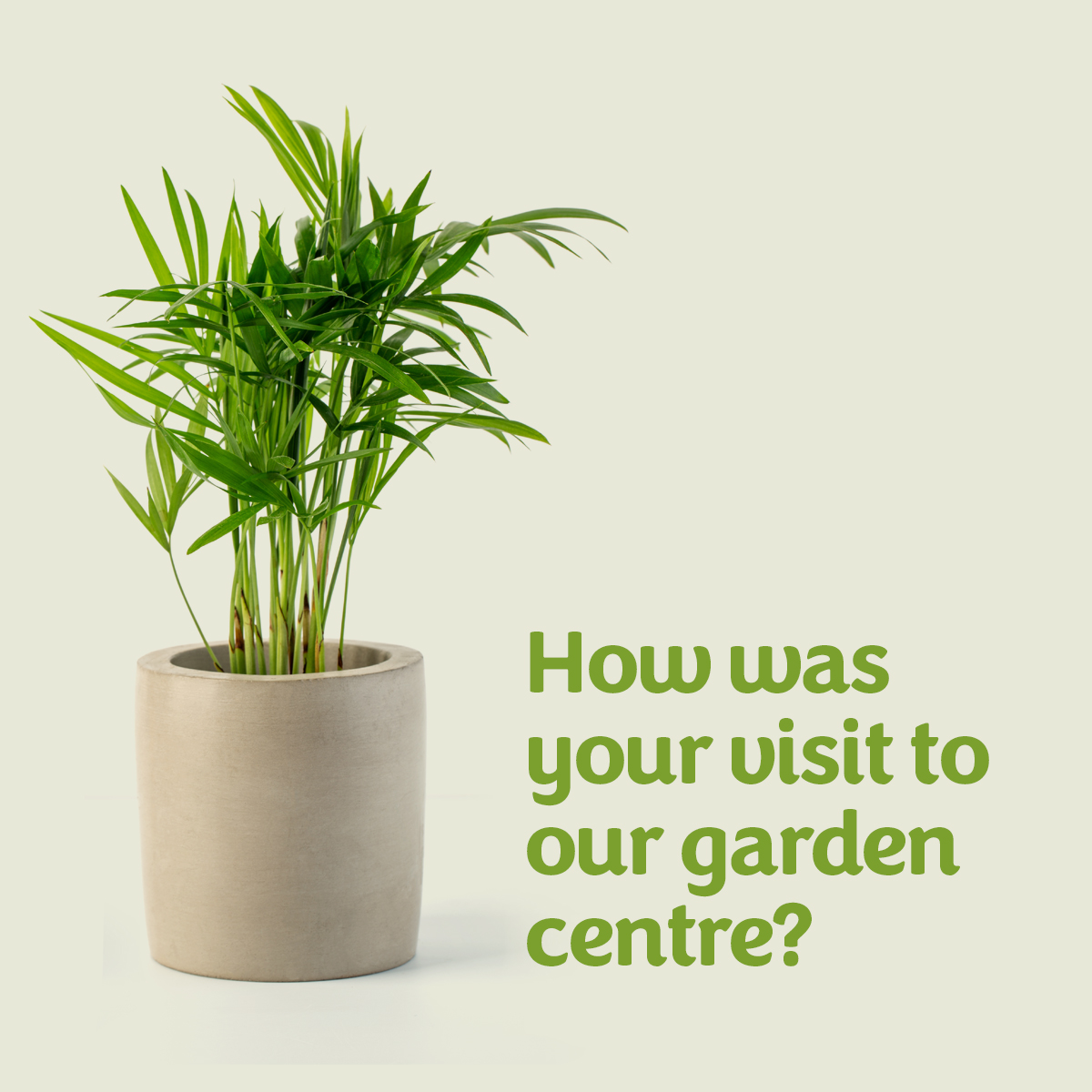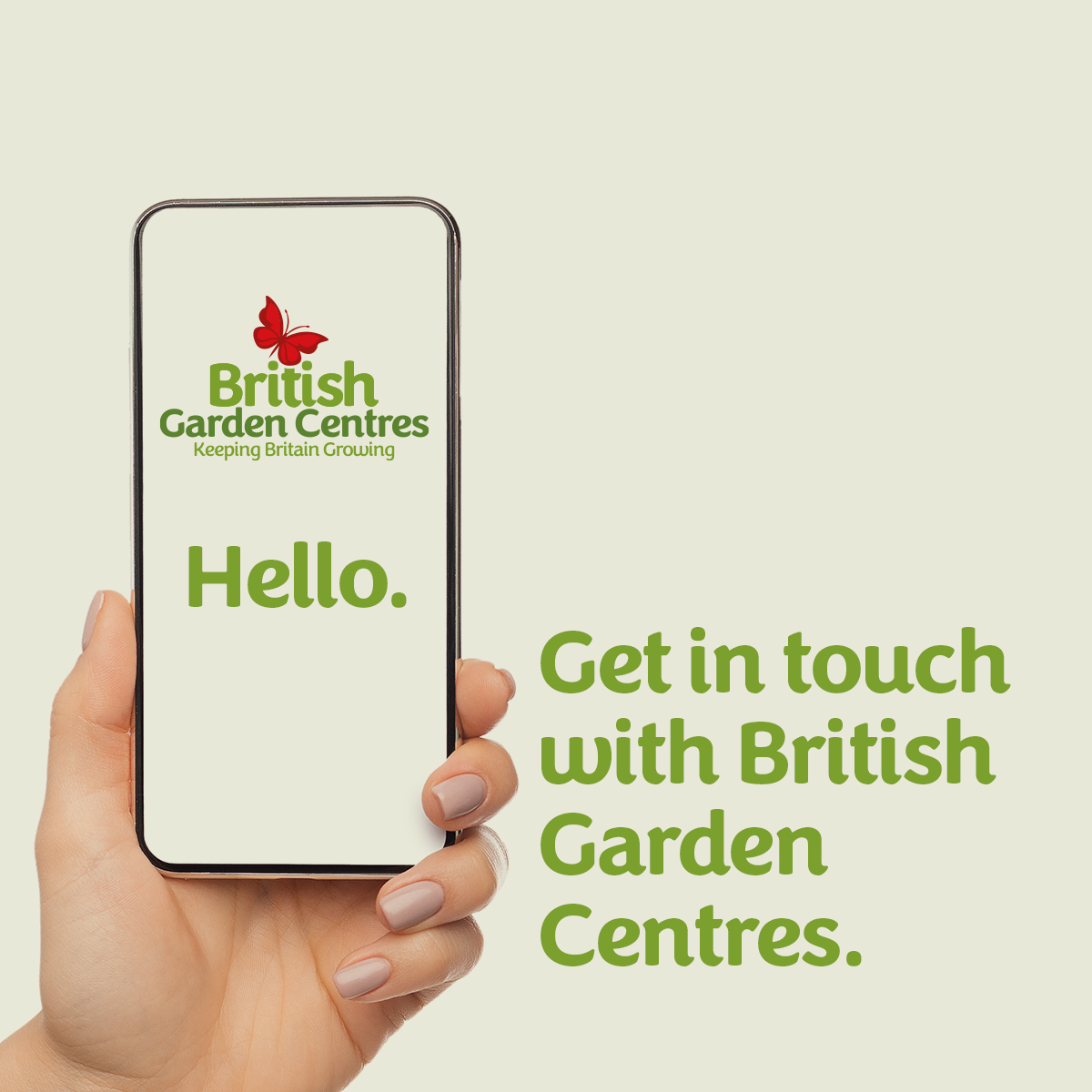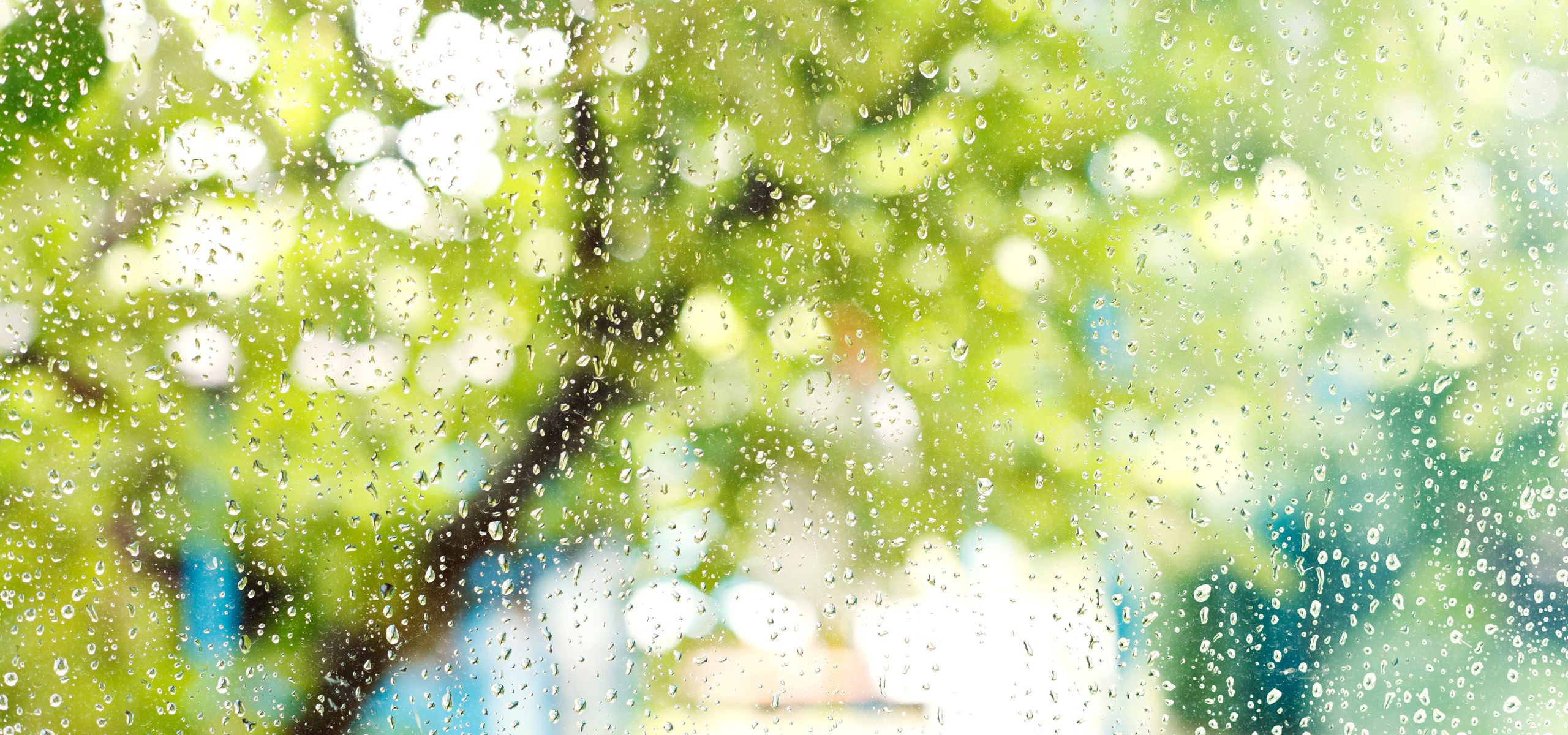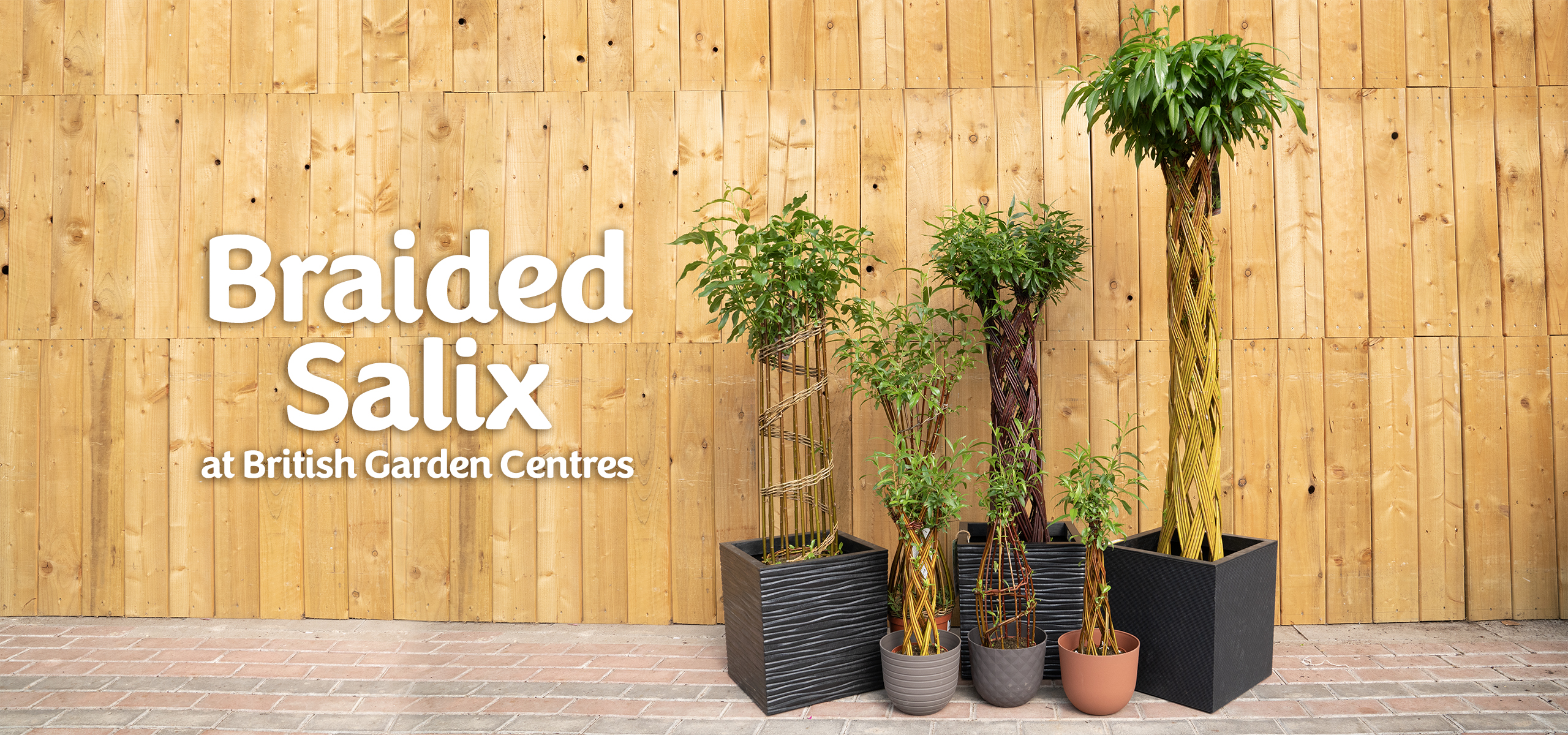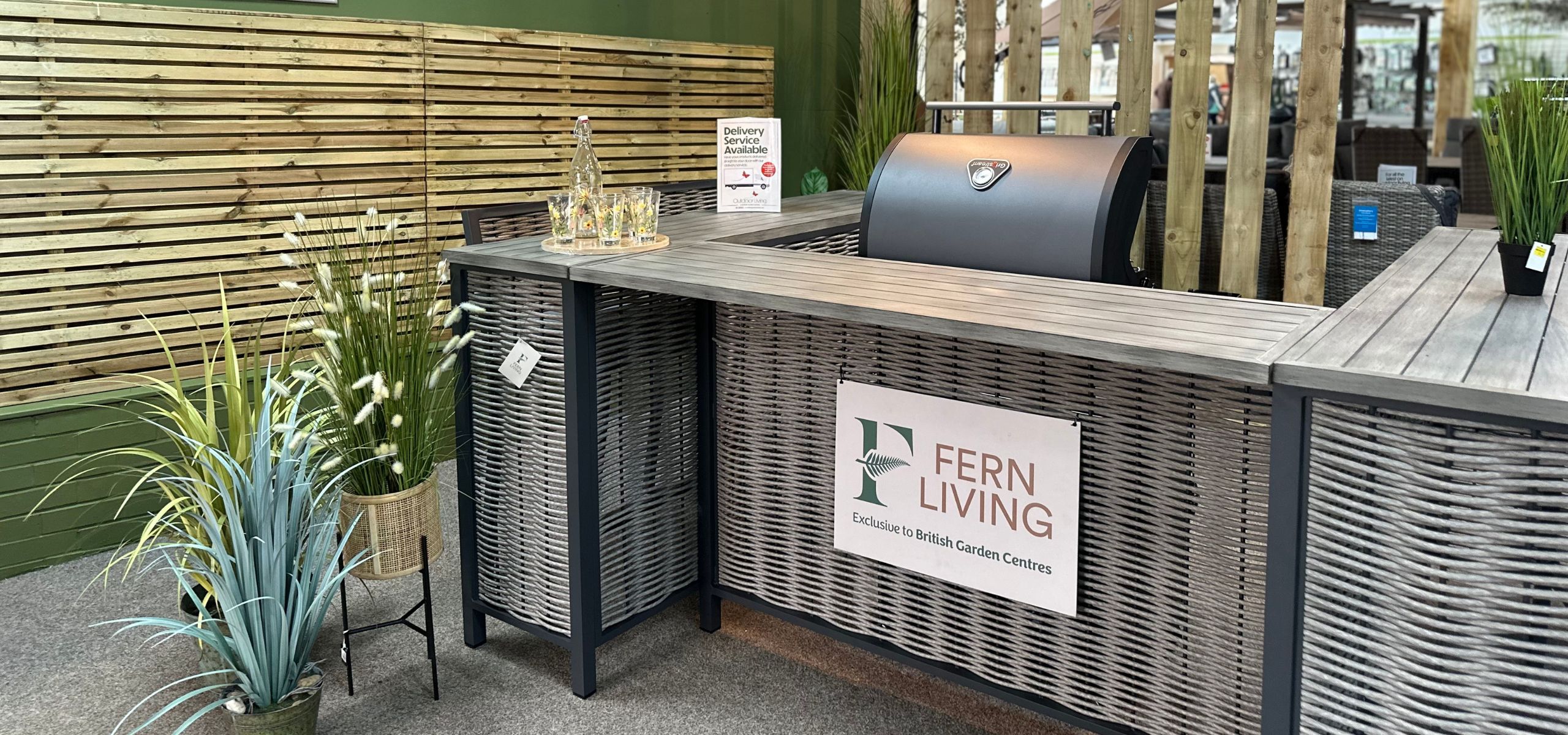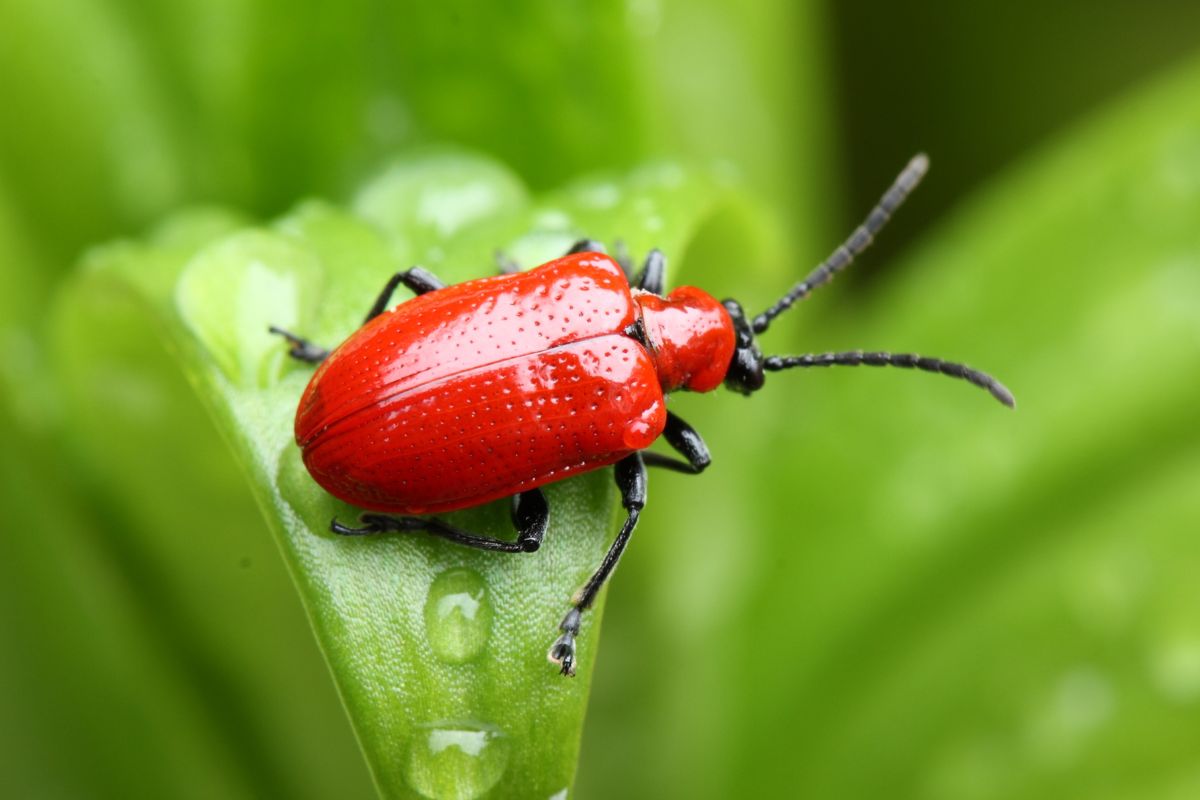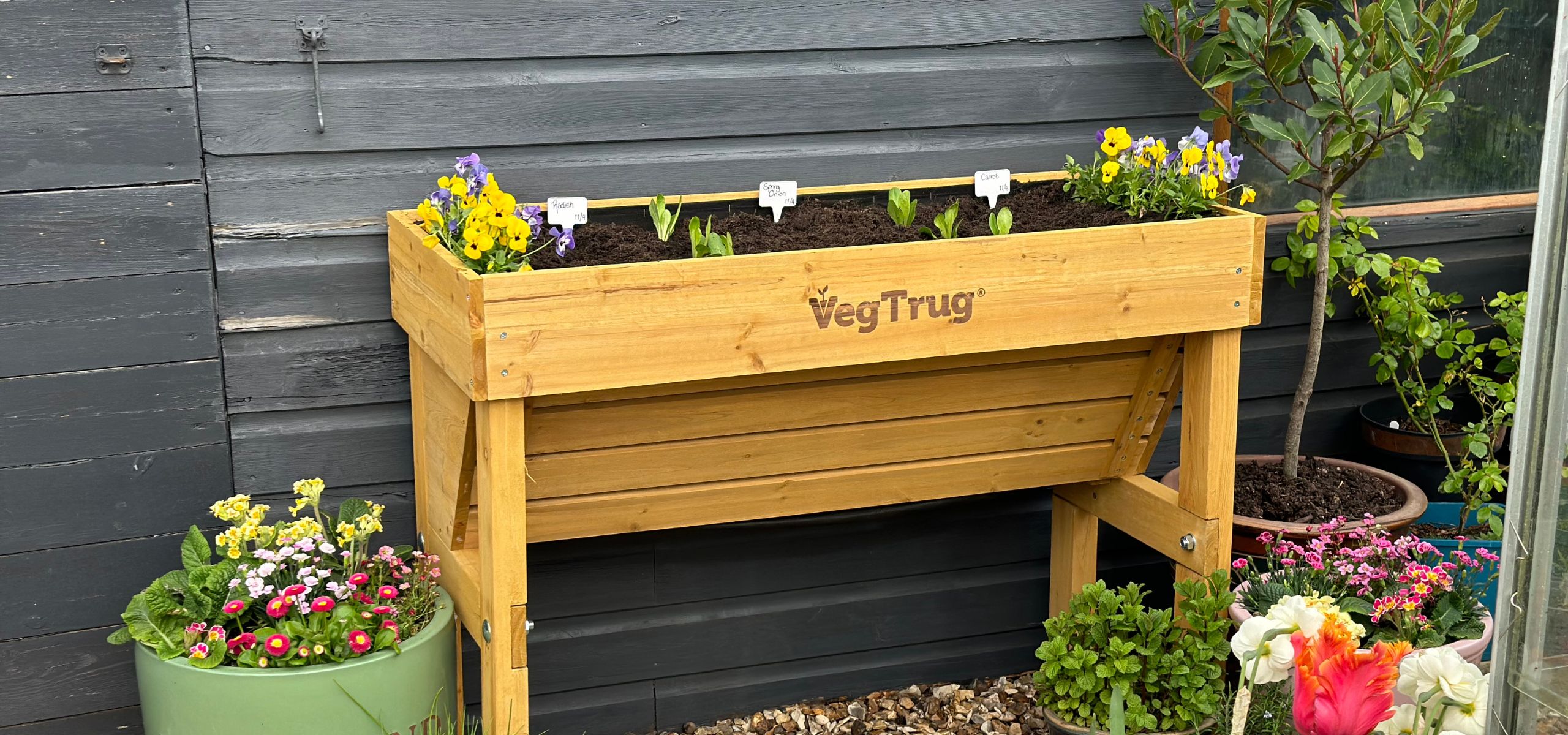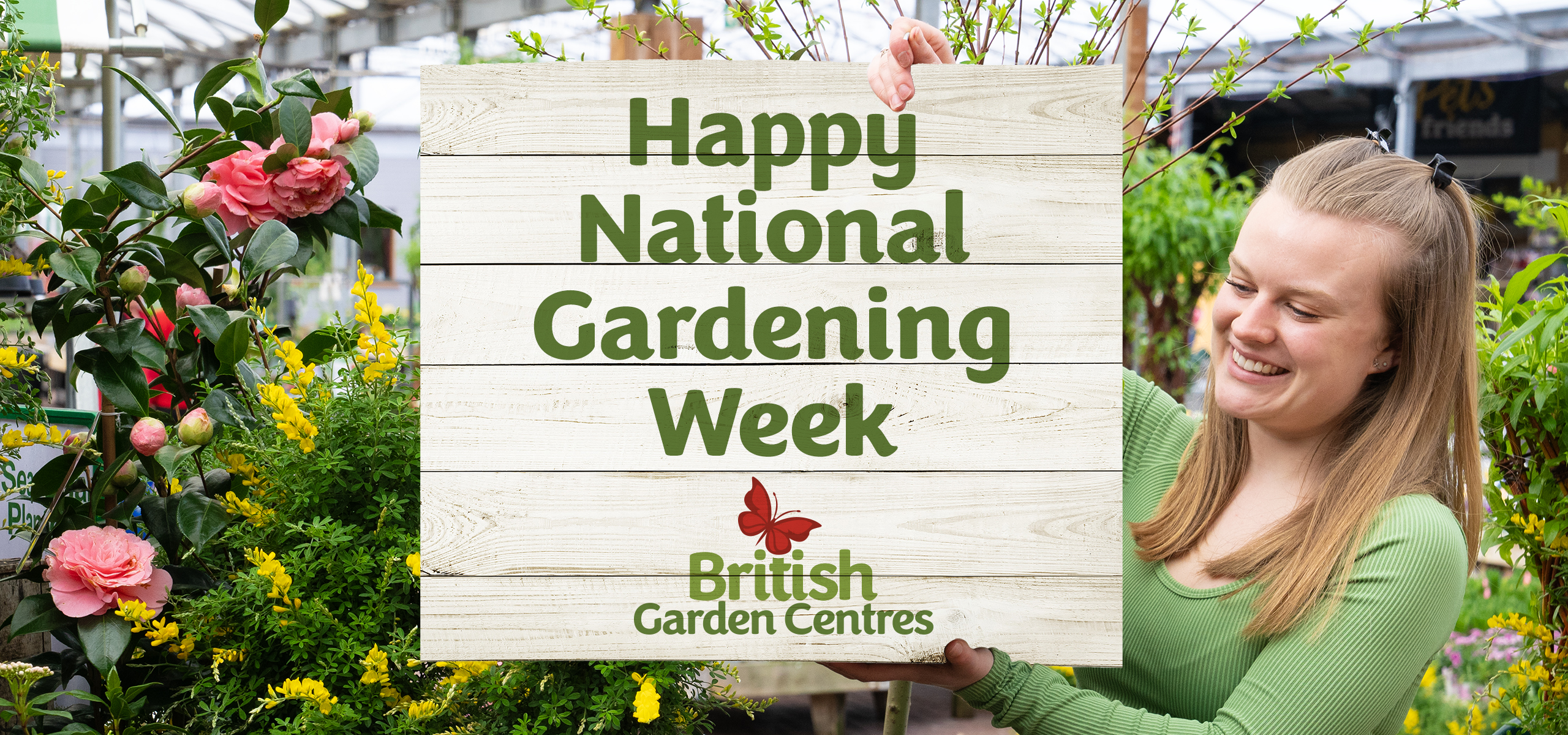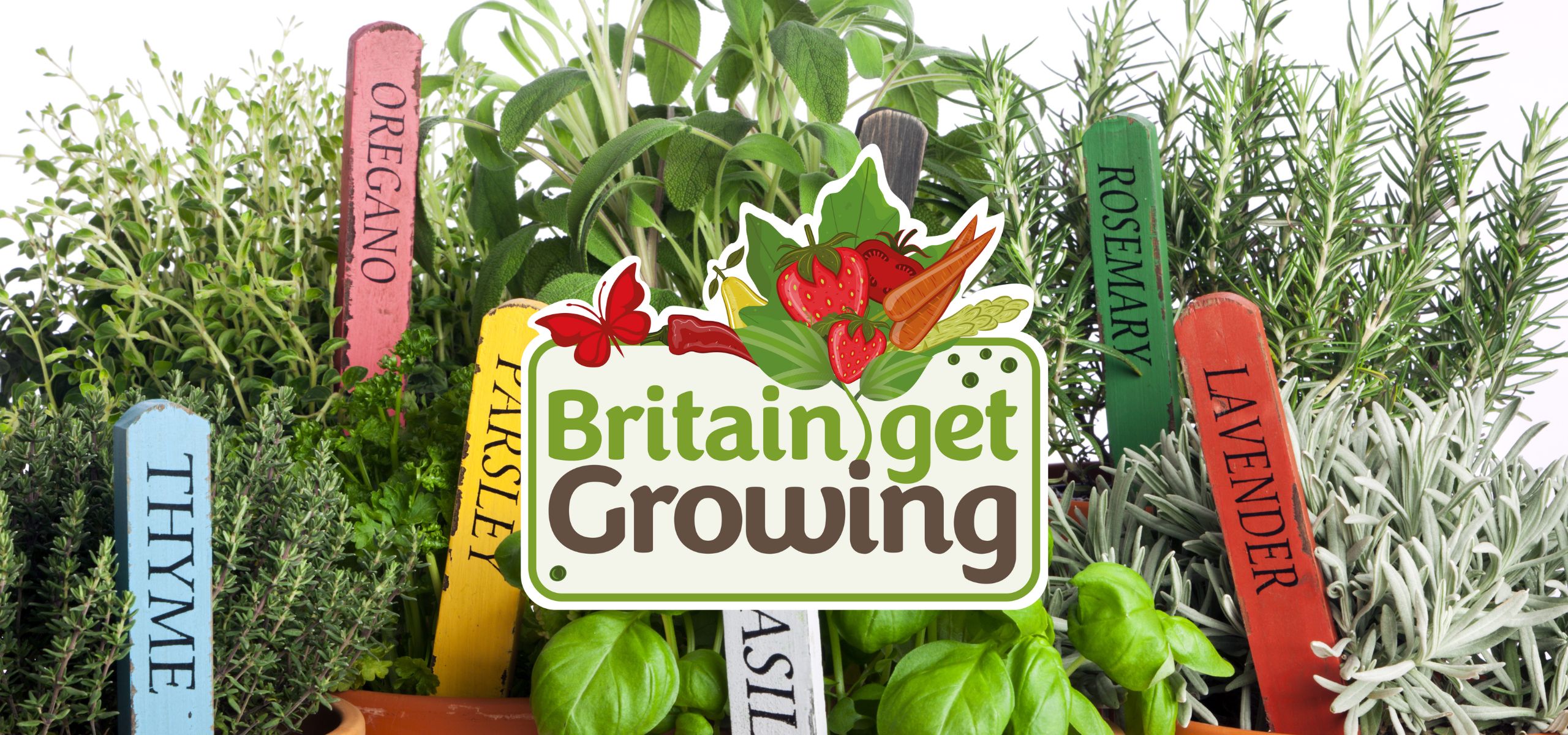Garden Tips: Can the weather in the UK affect garden maintenance?

By Julie Fitzgerald
Julie Fitzgerald is a lifestyle and DIY writer with a passion for crafting and creating. Whether it's through blog posts, tutorials, or how-to guides, Julie is dedicated to empowering others to take on DIY projects and create something beautiful and unique. When not writing, you can find her spending time in the garden or creating a new mosaic project.
Yes, the weather in the UK can affect garden maintenance significantly. It's known for variability, which includes rain, wind, occasional heat waves, and cold snaps. Hence, this blog will explore practical tips and strategies for adapting your garden maintenance to cope with changing weather patterns.
The Impact of Weather Conditions on Gardening
The UK has witnessed several weather events in recent years that have significantly impacted garden maintenance and plant health. For instance, the early September heatwave of 2023 saw daily maximum temperatures soaring above 30°C for seven consecutive days, testing the resilience of many garden plants against heat stress.
During the same period, storms such as Storm Betty and Storm Antoni brought strong winds and heavy rain to various parts of the UK, causing waterlogging and physical damage to plants and garden infrastructure.
Moreover, Storm Noa, noted as one of the ten most powerful April storms in the last fifty years, exemplifies the kind of unexpected weather extremes that can occur during what is traditionally considered a milder season for gardening.
These suggest that being proactive and prepared can mitigate the impact on your garden. Here are a few strategies for adapting to such weather changes.
Better Plant Selection
Choosing the right plants for your garden, especially those native to the UK and resilient to weather extremes, is crucial for mitigating the effects of climate change. Native plants are inherently adapted to the local climate and soil conditions, making them more resilient to weather extremes such as drought, heavy rainfall, and frost. They require less water and maintenance and provide essential habitat for local wildlife.
Plants like Lavender, Caryopteris, Salvia, and Artemisia thrive with minimal water, thanks to silvery foliage and a fine coating of hairs that conserve moisture. These also add beauty and diversity to your garden.
Moreover, incorporating native trees and shrubs can enhance your garden's resilience. For instance, species such as Acer campestre (field maple), Betula pendula (silver birch), Corylus avellana (hazel), Ilex aquifolium (holly), and Sorbus aucuparia (rowan) provide essential food and shelter for wildlife and contribute to the overall health of your garden ecosystem.
Remember, the principle is the right plant, right place, meaning select plants that naturally thrive in your garden's specific conditions, whether it's a shady, wet, or dry area.
Check Your Garden Design
Managing water in your garden is crucial, especially during heavy rain. Hence, incorporating features like rain gardens or swales can make a big difference. These also make attractive elements of your garden design, capturing excess water and slowly releasing it back into the ground, preventing flooding and benefiting your plants.
Wind can be another challenge, particularly in exposed areas. Hence, creating barriers, such as hedges or fences, can protect your garden from the strongest gusts. Position these strategically around your garden's perimeter to act as a shield, reducing wind speed and creating a more pleasant environment for you and your plants.
The way you position different parts of your garden also matters. For example, placing seating areas in sheltered spots allows you to enjoy your garden even when the weather isn't perfect. It could mean tucking a bench near a wall or under a tree to create a cosy nook protected from the elements.
Consider raised beds if your garden is on a slope or the issue is heavy rain. These keep plant roots out of waterlogged soil, which is better for their health and reduces the risk of rot.
When selecting the perfect pond fountain for your garden or other water features, consider the weather changes in your area. For regions with a lot of rainfall, get a fountain that can handle overflow without flooding nearby areas.
In areas that experience drought spells, one that recirculates water effectively reduces the need for frequent refills. In addition, a sturdy fountain with a low profile can prevent tipping or damage when it's windy.
Improve Your Water Management
First up is rainwater harvesting. By attaching a diverter to your downpipe, you can channel rainwater from your roof into a water butt. You can then use this water to irrigate plants, reducing your water bill.
Drip irrigation is another way to use water efficiently. This system delivers water directly to the base of your plants at a slow rate, ensuring deep water penetration to the roots where it's needed most.
It reduces evaporation and runoff, making it far more efficient than sprinklers or a watering can. You can set it up with a timer so your garden gets watered at the best time of day, usually early morning or late evening, further reducing water loss to evaporation.
Mulching is a technique we often overlook, one that's incredibly effective at retaining soil moisture. As such, you can significantly reduce moisture evaporation by covering the soil around your plants with a layer of organic material, such as compost, bark, or straw. Mulch also suppresses weeds, which compete with your plants for water, and as it breaks down, it adds nutrients to your soil, improving its structure and water-holding capacity.
Lastly, with advancements in technology, you now have access to a wide array of tools and apps designed to offer real-time weather updates, forecasts, and even gardening advice tailored to current conditions.
On top of that, there are smart gardening devices, such as sensors you can place in your garden to measure soil moisture, sunlight, and temperature. These devices can connect to your phone or computer, sending you alerts and updates you can use to adapt your gardening activities.



